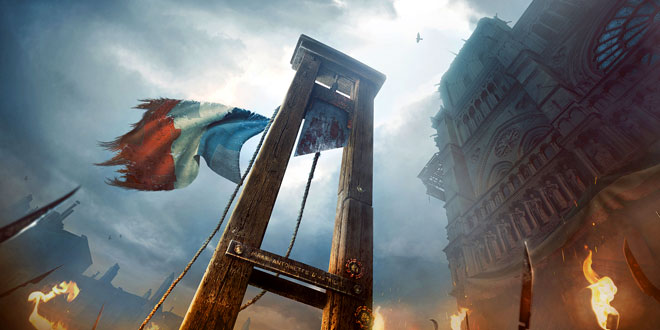Question: Discuss the role of philosophers in French Revolution.
Answer: Role of the Philosophers in the French Revolution
- France in the 18th century had many revolutionary thinkers. Among them were Voltaire, Rousseau, Montesquieu and Diderot. Their revolutionary ideas encouraged people to fight for their rights. They exposed the inefficiency of the monarch and his government and aroused the people to challenge authority.
- Voltaire attacked the Catholic Church. He believed man’s destiny was in his own hands and not in heaven. His ideas encouraged people to fight against the privileges, and dominance of the Church without guilt.
- John Locke propounded the ideas refuting divinity and absolute rights of monarchs.
- Montesquieu’s philosophy outlined constitutional monarchy and division of powers. He believed all powers should not be concentrated in one person’s hand.
- Rousseau asserted the doctrine of democracy and popular sovereignty. He believed that government should be based on the consent of the governed. In his book Social Contract, he talks of a contract between the ruler and the ruled. Implied in his writings was the belief that men had the right to change their government, if they were not satisfied.
- Thus the ideas of the philosophers were a direct attack on privileges and feudal rights which protected the upper classes. They helped rouse the people from inactivity and instilled in them a desire to root out social inequalities and set up a government responsive to their need. They played a vital role in focusing the discontent and bringing about the Revolution.
Question: Why were images and symbols used in French Revolution?
Answer: The majority of men and women in the eighteenth century could not read or write. So images and symbols were frequently used instead of printed words to communicate important ideas.
1. Chains were used to fetter slaves: A broken chain stands for the act of becoming free.
2. One rod can be easily broken, but not an entire bundle. Strength lies in unity: Fasces, like many other symbols of the French Revolution, are Roman in origin. Fasces are a bundle of birch rods containing an axe. In Roman times, the fasces symbolized the power of magistrates, representing union and accord with the Roman Republic. The French Republic continued this Roman symbol to represent state power, justice, and unity.
3. The all seeing eye stands for knowledge: The rays of the sun will drive away the clouds of ignorance.
4. Symbol of royal power: A sceptre (or scepter in U.S. English) is a symbolic ornamental staff or wand held in the hand by a ruling monarch as an item of royal or imperial insignia. Sometimes, it could be used for showing a sense of divinity.
5. Snake biting its tail to form a ring: Symbol of Eternally. A ring has neither beginning nor end.
6. Cap worn by a slave upon becoming free: The Phrygian cap (in French, bonnet Phrygian) is also known in French as the Liberty cap (bonnet de la Liberté) or as a red cap (bonnet rouge). It was adopted during the French Revolution.Liberty is sometimes shown wearing a Phrygian cap. So is Marianne. Representations of soldiers in the French revolutionary army show them wearing liberty caps as part of their uniform.
7. The national colours of France:The tricolour cockade, created in July 1789. White (the royal color) was added to nationalise an earlier blue and red design.
8. Personification of the law.
9.The law is the same for all and all are equal before it.
 Class Notes NCERT Solutions for CBSE Students
Class Notes NCERT Solutions for CBSE Students




